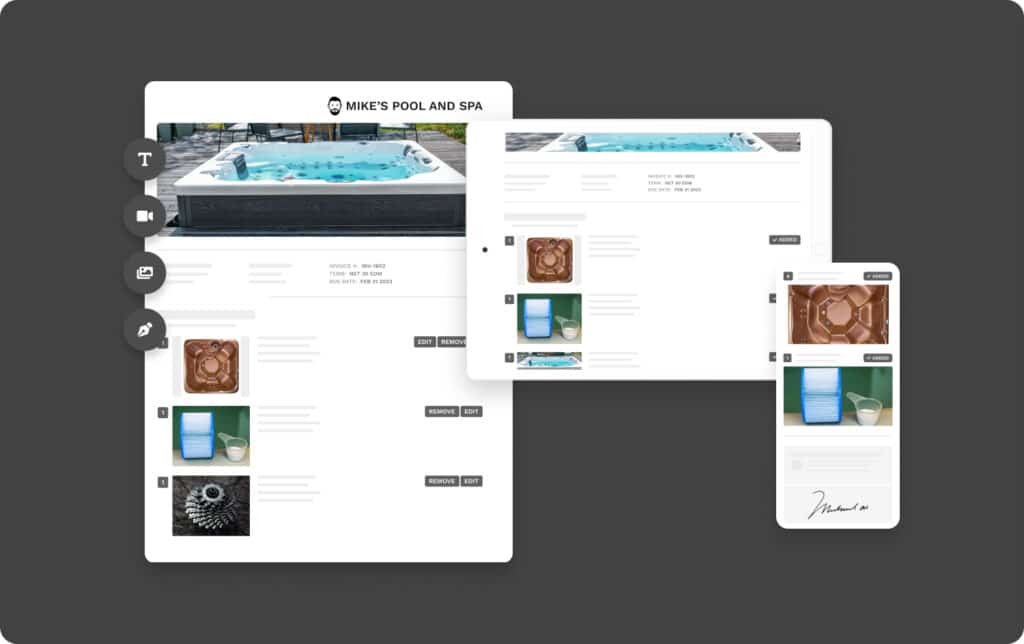In an increasingly dynamic and customer-centric retail landscape, the tools we use can make or break the shopping experience. One tool, often considered the backbone of retail, is beginning to show its age under the industry’s evolving demands — the Point of Sale (POS) system. These systems were designed with the focus on speed of sale which comes at the expense of flexibility to adapt and the capacity to foster customer growth.
We understand that changing processes can be daunting, but it’s an essential step for retailers looking to stay competitive. This article explores some of these pain points to help retailers make an informed decision when it comes to shopping for a new sales software.
Consumer Habits Have Shifted Post-COVID
The retail industry has experienced a decade’s worth of evolution in just a few years, catalyzed by the COVID-19 pandemic and the rapid acceleration of digital trends leaving retailers with a new normal that requires significant adaptation. With the pandemic ushering in a seismic shift in consumer behavior, the retail landscape suddenly found itself catering to an increased preference for online and contactless transactions, where personalization and convenience became paramount. This has put retailers, particularly those dealing in high-ticket items or custom-made products, in a conundrum: how to maintain the human touch in a socially distanced, increasingly digital shopping environment?
Modern Point-of-Sale (POS) systems have been struggling to keep pace with these types of demands in particular with merchants offering premium or bespoke items finding it increasingly challenging to manage sales that necessitate a closer connection with customers.

POS Systems Struggle with Data-Driven Retailing
Today’s retail environment is heavily data-driven. Knowing your customers, their preferences, their purchase history, and being able to anticipate their needs is the key to success. However, modern POS systems often fall short in this regard. They can process transactions efficiently, but they struggle to track the customer journey or provide a comprehensive view of customer profiles. Important information, such as past purchases or other relevant details, are often limited or not easily accessible, which can hamper the ability to deliver a personalized shopping experience. Especially for big custom projects such as kitchen renovations, retailers need a simple way to track the customer journey from the moment a proposal is made until the final invoice is paid.
Inability to Adapt to Omnichannel Solutions
The modern consumer expects flexibility. They want to be able to buy online, pick-up in-store, return via mail, and pay using the method of their choice. This necessitates a POS system that can support mobile and omnichannel retail strategies. Yet, most of these systems often fall short, failing to provide seamless integration with e-commerce platforms or to support a unified view of inventory across all sales channels.
We are seeing a rapid increase in retailers implementing omnichannel solutions. This includes ensuring a seamless integration across platforms to make it easier for staff to do their jobs and providing customers with exceptional service. Providing multiple payment options such as in-store, online, or automatic card charges can significantly help boost sales. Modern POS systems are not always equipped to handle this level of complexity and integration, creating a disjointed customer experience.

Major Limitations in Customer Engagement and Growth
Another critical aspect where modern POS systems are falling short is in customer engagement. In the modern retail landscape, POS systems need to be more than just transaction processors; they need to be customer engagement tools that strengthen relationships with customers to make it easier to upsell or get repeat business.
If you’re a small business owner, you may not have the strong social media presence as some of your bigger competitors, thus it’s more important than ever to foster relationships with your customers and provide an unmatched customer experience. Unfortunately, many modern POS systems are not designed with this in mind, hindering retailers’ ability to offer a personalized, engaging shopping experience. Without this ability, retailers risk being left behind in an increasingly competitive market.
The Solution to the Broken Modern POS
In contrast to the limitations of modern POS systems, platforms like QuoteMachine are pioneering a significant shift in the industry to empower retailers to engage and understand their customers more effectively. By prioritizing flexibility and adaptability, these platforms are designed with scalability at their core to support growth and accommodate unique business workflows. They also offer seamless integration with other business tools to provide retailers with the autonomy to streamline processes and expand operations in line with their growth strategies.
However, a common mistake many business owners make when choosing such platforms is an overemphasis on back-end processes while overlooking the end-customer experience. Both of which are equally important to consider. That’s why platforms like QuoteMachine place such a strong focus on enhancing the customer experience and making it simply for merchants to offer personalized shopping experiences that bridge the gap between digital and physical retail.

The reality of today’s retail industry is that the needs of the consumer in this new era of retail have simply outgrown the capabilities of modern POS systems. Data-driven insights, personalized customer experiences, and seamless omnichannel capabilities have become the norm rather than the exception. This shift requires a new kind of tool—one that’s up to the task of meeting the needs of today’s complex retail landscape. Adapting and modifying processes is becoming an inevitable step in this increasingly competitive market, especially for businesses with an eye on growth.
When selecting a platform, it’s important to consider its capability to scale and evolve with market conditions. Even if you’re a business owner content with your current position, it’s crucial to acknowledge that the market conditions will evolve regardless, and the tools you use must be equipped to adapt with this change.
To meet these demands, consider versatile platforms that are designed with growth in mind, offering advanced features and integrations that can help businesses expand and adapt to the ever-evolving retail landscape. While change can be scary, remember that support is available. Onboarding teams, like ours, are here to help with setup, staff training, and offer unlimited support, to ensure you have all the tools and resources needed to hit the ground running and thrive in this new era of retail.
